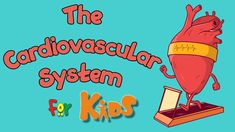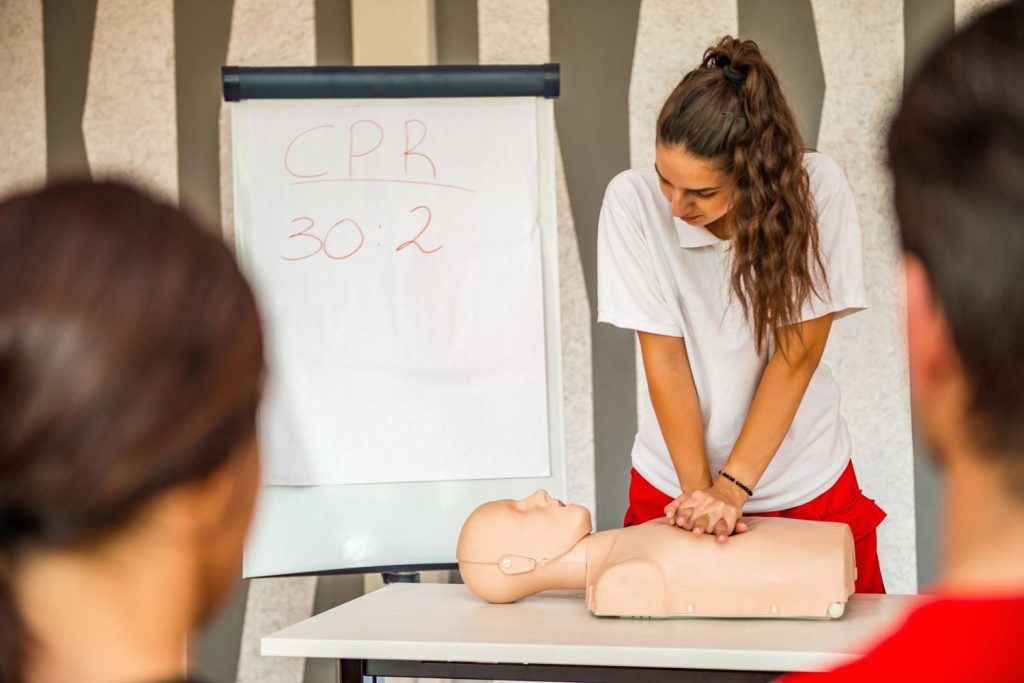1. Jumping Jacks: A classic exercise, jumping jacks are an excellent way to get kids moving and learning about heart rate.
2. Pulse Check: Teach children how to find and measure their pulse, either at the wrist or neck.
3. Heartbeat Art: Have kids create art that represents their heartbeat – a series of short and long lines indicating the rhythm.
4. Marshmallow Blood: Using red food coloring, dye marshmallows to represent red blood cells and discuss their role in the cardiovascular system.
5. Stethoscope Play: Give children toy stethoscopes and let them listen to each other’s heartbeats.
6. Heart Model: Construct a simple model of the heart with playdough, straws, and labels for each part.
7. Heart Pump Experiment: Demonstrate how the heart pumps blood using a plastic cup, water, a straw, and a balloon.
8. Circulatory System Mural: Create a larger-than-life mural of the circulatory system on butcher paper or whiteboard for an interactive lesson.
9. Red Light, Green Light: Incorporate cardiovascular system facts into this classic game by having different facts as “red light” commands.
10. Blood Cell Relay Race: Divide kids into teams of red blood cells, white blood cells, and platelets for a relay race activity that teaches about each cell’s importance.
11. Balloon Breaths: Teach children about lung function and diaphragm breathing with balloons and deep breaths.
12. Vein/Artery Pipe Cleaner Craft: Have children recreate veins and arteries out of pipe cleaners for hands-on understanding.
13. Blood Cell Collage: Provide various materials for the kids to create collages representing different types of blood cells.
14. Heart Rate Charting: Let kids graph their heart rates before and after various physical activities to see how it changes.
15. Healthy Heart Snacks: Discuss and create simple, heart-healthy snacks with the kids such as fruit kabobs and yogurt parfaits.
16. Heart-themed Yoga: Practice yoga poses that focus on the heart or resemble heart shapes for a fun, physical activity.
17. Building a Healthy Heart Tower: Using blocks or other objects, create a tower that represents actions and habits that lead to a healthy heart.
18. Heart Obstacle Course: Design an obstacle course promoting cardiovascular fitness by incorporating running, jumping, and other heart-pumping activities.
19. Blood Flow Tag: Play a game of tag where kids represent different blood flow components (e.g., artery, vein, capillary) and explain their roles as they tag.
20. Vein Art: Create unique pieces of art by mimicking the pattern of veins using paint or markers on paper or canvas.
21. Blood Pressure Lesson: Teach children about blood pressure using inflatable cuffs or blood pressure monitor apps.
22. Heart Idioms Activity: Introduce heart-related idioms/phrases (e.g., “wear your heart on your sleeve”) and have kids guess their meanings.
23. Circulatory System Charades: Play charades using terms related to the cardiovascular system for learning in an entertaining way.
24. Make a Human Body Map: Teach kids anatomy by constructing life-sized body maps detailing the position of the cardiovascular system and other organs.
These 24 simple activities are perfect ways to explore the cardiovascular system with children, offering interesting lessons while promoting health awareness and physical activity.











